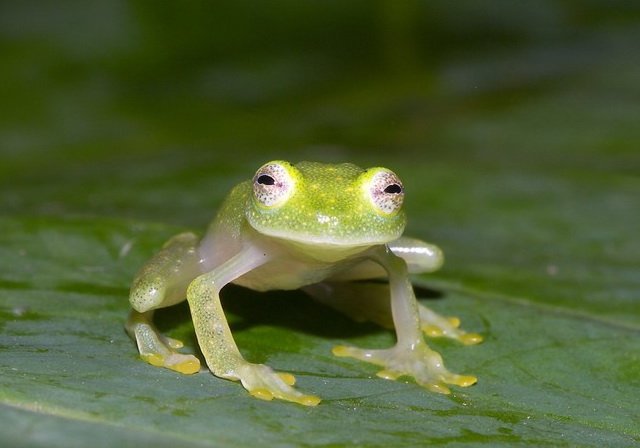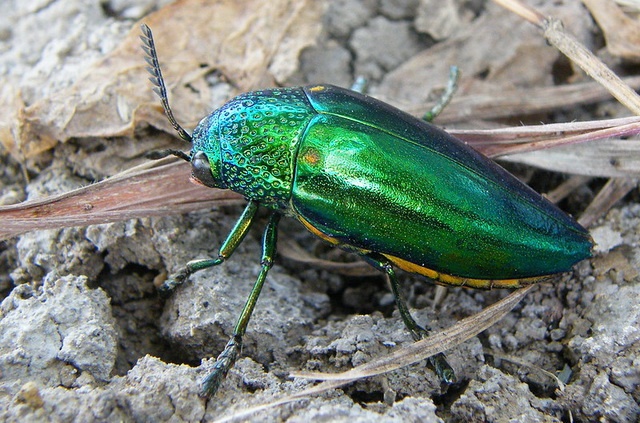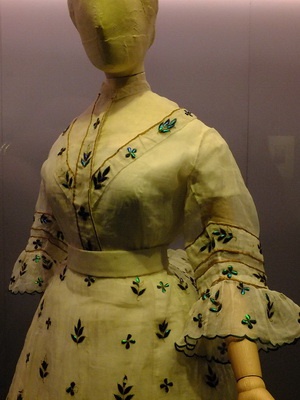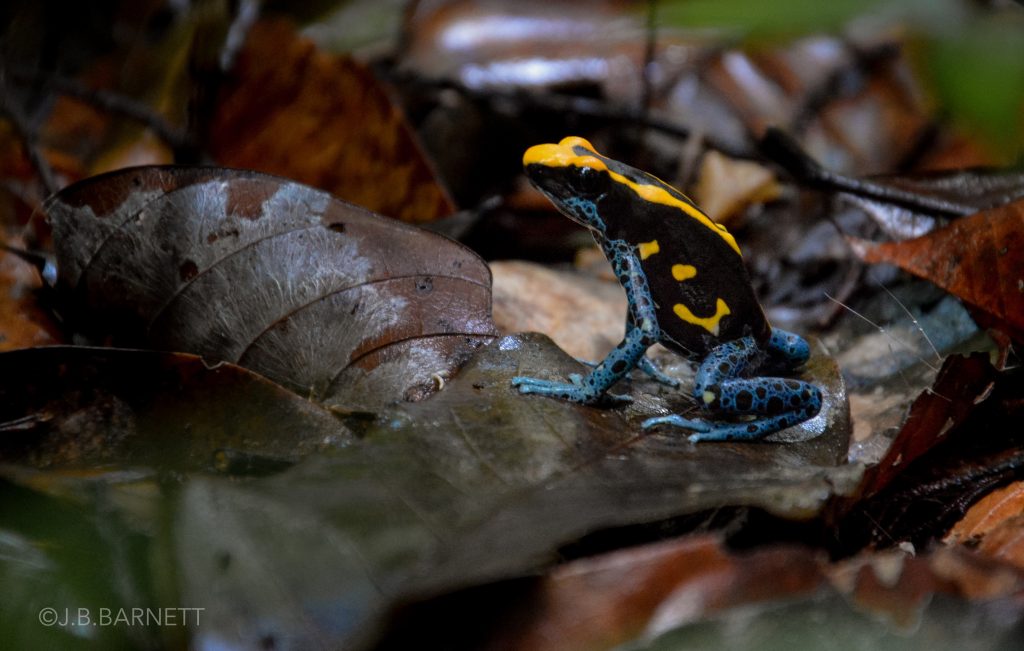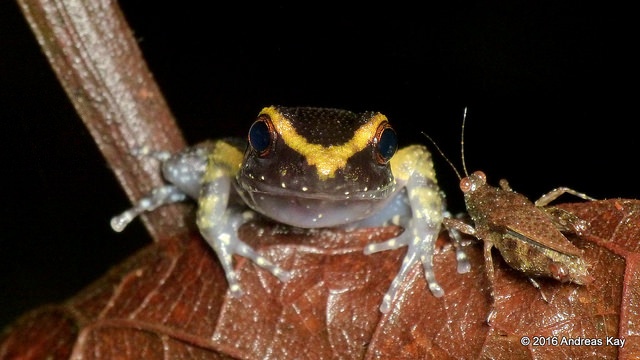Cuttlefish has to search for the best pattern
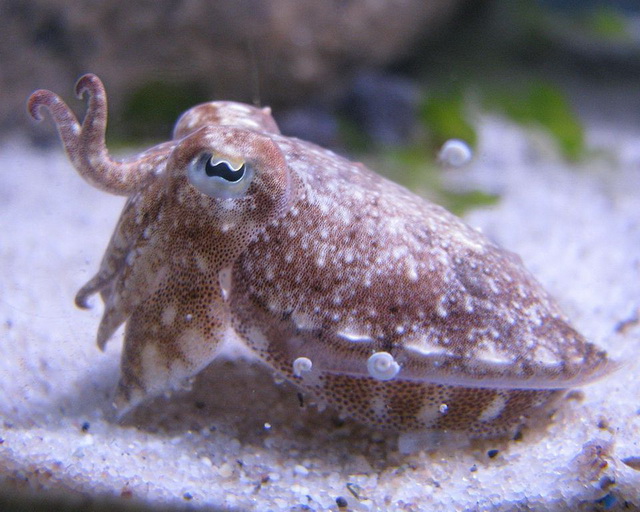
The cuttlefish has an excellent camouflage ability and rapidly modifies its appearance when the background changes. But its change is indirect, Theodosia Woo and colleagues show: the cuttlefish adjusts a new skin pattern a few times before it is good enough.
To defend itself against predators, the common cuttlefish, Sepia officinalis, like many other squids, can use camouflage to blend in with its surroundings. And if a predator still detects it, it sprays ink to block the view.
The common cuttlefish lives in the North Sea, the Baltic Sea, and the Mediterranean Sea. Depending on the substrate, such as sand, rocks, or sea grass, it can take on a uniform colour, have a mottled pattern, or have large dark and light skin areas that disrupt its contours. There are countless variations, and the cuttlefish produces an appropriate camouflage against almost any background, Theodosia Woo and colleagues write.
Pigment sacs
This is possible, among other things, thanks to two or three million pigment cells in the skin, the so-called chromatophores. They come in three colours: yellow, red, and brown. The cells are closed sacs with an elastic wall, surrounded by radial muscles. When the muscles contract on command of the brain, they pull the sac open, and the colour becomes visible.
Woo showed how cuttlefish change their appearance by doing experiments in which she provided animals with a changing background; she filmed the skin at high resolution and measured the skin patterns with robust computer software. The result is remarkable. The lightning-fast transition makes it seem as if a cuttlefish realises a new matching skin pattern in one go. But it is not like that.
Confronted with a new background, a cuttlefish immediately starts to adapt its skin pattern. But after a first change, it waits shortly and then adjusts the created pattern to improve it. Then it waits again and adjusts the pattern further, until a satisfying pattern is found. So, it goes through a search process in the blink of an eye and apparently receives feedback continuously. Search trajectories are not fixed, because when the researchers offered the same background change several times, the animals followed different search trajectories and the result was also different. The difference in final skin patterns was so subtle that we cannot observe it.
Reflection
In addition to the pigment cells that were studied here, the squid skin has two more types of neurally controlled cells that enable changes in appearance. There are cells that, thanks to their nanostructure, reflect light of one specific colour, for example blue: the iridophores. And there are cells that reflect all incident light and are white in daylight: the leucophores. In addition, the skin can be smooth or rough. The sophistication of a squid skin is beyond our imagination.
All these possibilities are not only used for camouflage, but also for communication. Common cuttlefish spend spring and summer inshore to spawn, and the colours the animals display then is an attraction for divers.
Colour blind
The greatest puzzle about squids is how they are capable to mimic their environment so perfectly while being colourblind themselves. Almost nothing is known about this, but there is evidence that small light sensitive organs occur in the skin.
Willy van Strien
Photo: Young common cuttlefish. Magnef1 (Wikimedia Commons, Creative Commons CC BY-SA 3.0)
Sources:
Woo, T., X. Liang, D.A. Evans, O. Fernandez, F. Kretschmer, S. Reiter & G. Laurent, 2023. The dynamics of pattern matching in camouflaging cuttlefish. Nature, online 28 June. Doi: 10.1038/s41586-023-06259-2
Gilmore, R., R. Crook & J.L. Krans, 2016. Cephalopod camouflage: cells and organs of the skin. Nature Education 9(2): 1
Chiao, C-C., C. Chubb & R.T. Hanlon, 2015. A review of visual perception mechanisms that regulate rapid adaptive camouflage in cuttlefish. Journal of Comparative Physiology A 201: 933-945. Doi: 10.1007/s00359-015-0988-5
